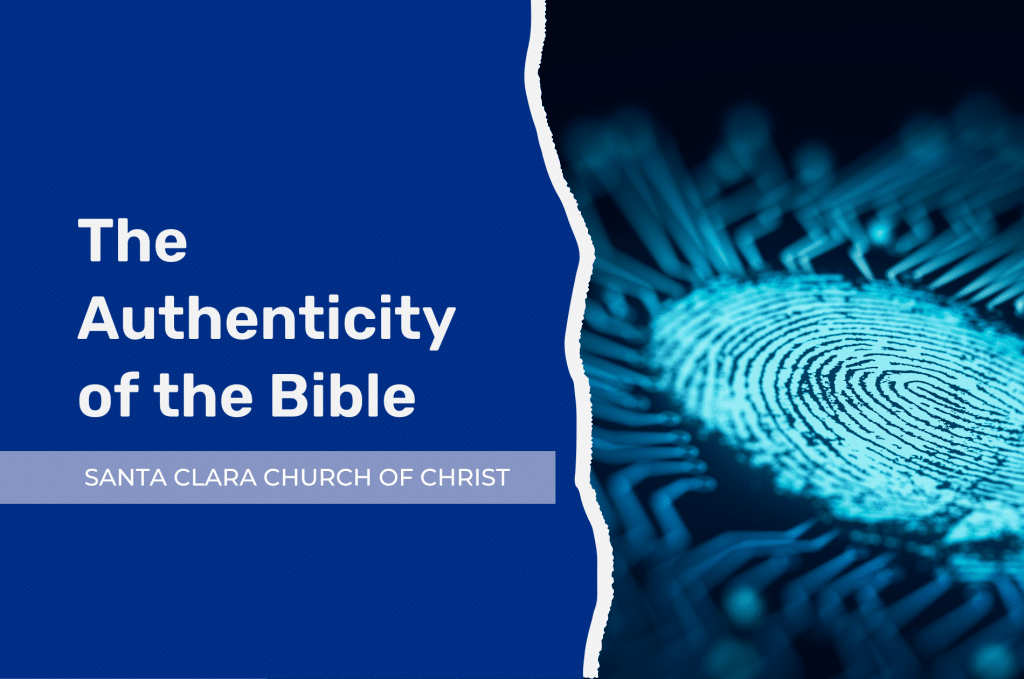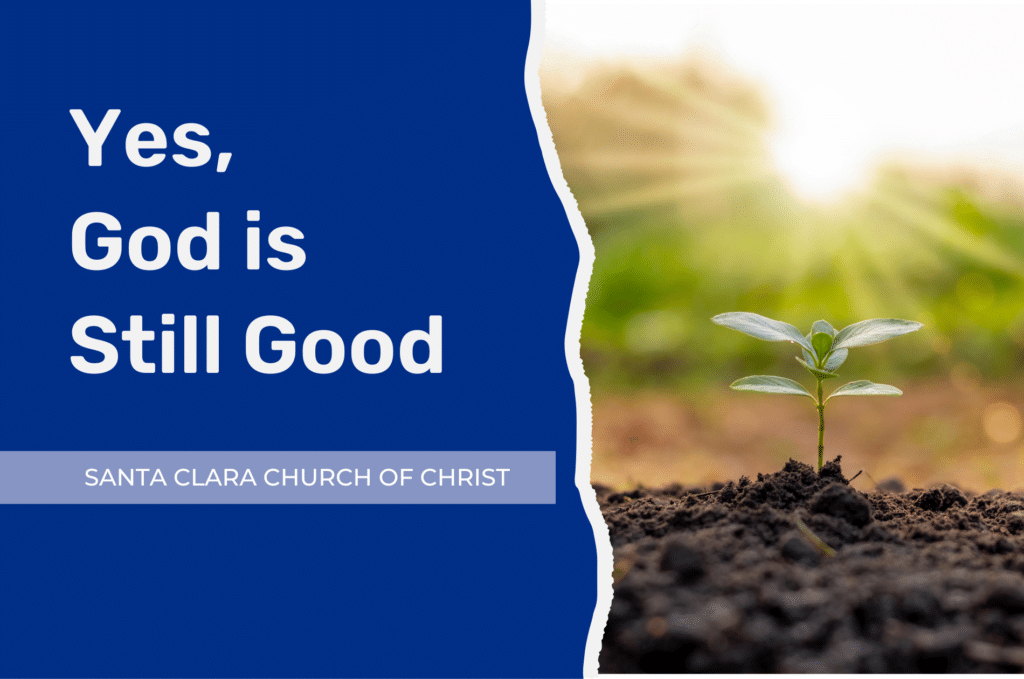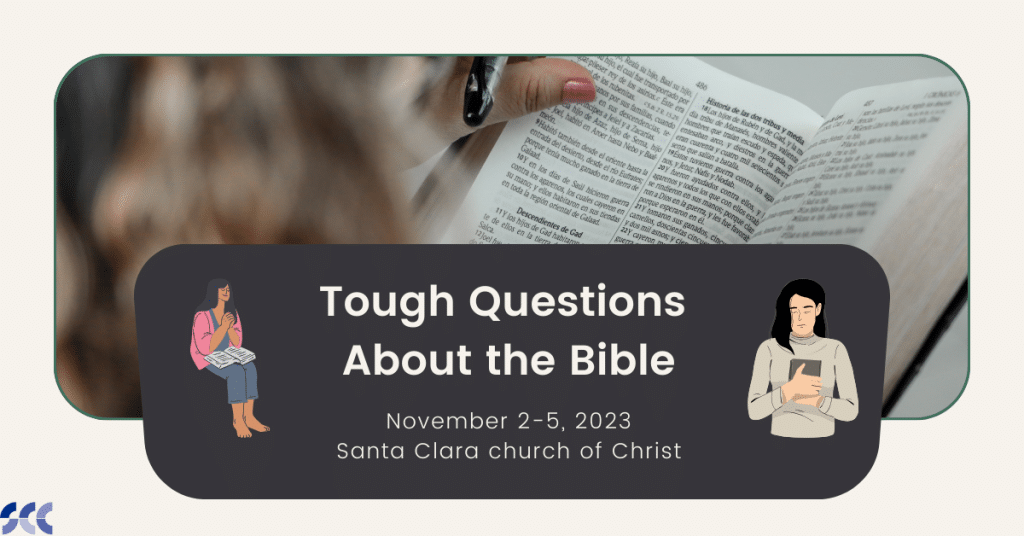Those who transported the New Testament documents delivered them into the hands of trusted recipients. The original recipients, in turn, had a sacred responsibility to safeguard the message, to certify the contents, and to begin the circulation process.
Trustees of Original Documents
None of the original autograph copies of New Testament books has survived to the present day, so far as we know. Had any of them lasted down through the ages, they would probably be treated as relics and objects of worship.
However, the essential content of each document has been preserved. In the case of the epistles, a “master copy” in many cases would have been produced by a scribe, with the writer’s personal autograph and closing greetings at the end.
After writing his last preserved letter, Paul instructs his younger protégé, Timothy, “By the Holy Spirit who dwells within us, guard the good deposit entrusted to you” (2 Tim. 1:14). This might mean that Timothy is to hold fast to the pure teaching without deviation.
However, it may indicate more than that, as some have suggested – that Timothy was the designated appointee or “trustee” of Paul’s life work. I.e. he had the task of preserving, organizing, and combining Paul’s epistles into a single collection, and in light of his impending departure (4:6-8), Paul was giving Timothy a final charge to be faithful to the task.
At the very least, those privileged to receive the autographed original documents were entrusted with a vitally important mission. The first copies of the writings that would later form a complete New Testament must be accepted, read, safely stored, and then copied for a wider audience.
The same process occurred with the Old Testament documents (Deut. 31:24-26; Josh. 24:26-27; 1 Sam. 10:25).
Authentication of the Original Documents
From Old Testament times, prophets were authenticated by the power of God that accompanied their message.
Moses used his rod to display the “finger of God” (Ex. 8:19).
Elisha performed miracles (2 Kings 5:8).
Jeremiah uttered both short-term and long-term predictive prophecies which were fulfilled in stunning detail (cf. Jer. 28). This is one reason we read the Book of Jeremiah and not a book produced by his rival, Hananiah!
Jesus performed indisputable “signs” (John 20:30-31).
The apostles’ message was “confirmed” by miracles (Heb. 2:3-4). As already noted in another article, false prophets were unable to compete (Deut. 18:22).
As for the written documents of the New Testament, there were two ways of certifying the contents as apostolic or legitimately part of God’s revelation. One was a “spiritual” factor, and the other was part of the “material” evidence.
Spiritually, there was the gift of “discerning of spirits” (1 Cor. 12:10). Just as “various kinds of tongues” are paired with “the interpretation of tongues,” the gift of “prophecy” is conjoined with “the ability to distinguish between the spirits.” In this way, there would be spiritual checks and balances on any presumed revelation from God (1 Jn. 4:1).
Paul says, “If anyone thinks that he is a prophet, or spiritual, he should acknowledge that the things I am writing to you are a command of the Lord. If anyone does not recognize this, he is not recognized” (1 Cor. 14:37- 38).
Protection from Forgeries
This same authenticating process is under consideration in 1 Thess. 5:19-21 – “Do not quench the Spirit. Do not despise prophecies, but test everything: hold fast to what is good. Abstain from every form of evil.” Those with the gift of “discerning of spirits” were on hand to verify a true word of God from anything counterfeit.
Materially, as already noted, Paul dictated several epistles and signed the closing salutation with his own hand (Gal. 6:11; 2 Thess. 3:17). This special calligraphy would have been an additional safeguard of authenticity to the original recipients.
Ancient Christians were well aware of the difference between a forgery and a genuine article. Paul urges the Thessalonians “not to be quickly shaken in mind or alarmed, either by a spirit or a spoken word, or a letter seeming to be from us, to the effect that the day of the Lord has come. Let no one deceive you in any way…” (2 Thess. 2:2-3).
This is the background behind his closing signature – “I, Paul, write this greeting with my own hand. This is the sign of genuineness in every letter of mine; it is the way I write” (3:17).
Finally, as mentioned in the previous article, those entrusted with hand-delivering a document or letter were also entrusted with filling in details about its production, as well as conveying additional information concerning the author (Eph. 6:21-22).
In tandem with factors mentioned above, this would remove any doubt about the circumstances of a document’s origin. In a few cases, there would be a follow-up visit from the writer himself, providing further confirmation – “I had much to write to you, but I would rather not write with pen and ink. I hope to see you soon, and we will talk face to face” (3 Jn. 13-14).
Reproduction and Circulation of the Original Documents
Most of the New Testament documents were faithfully copied and widely circulated almost
immediately. Embedded in some of the books themselves are solemn instructions to do this
very thing.
- “I put you under oath before the Lord to have this letter read to all the brothers” (1
Thess. 5:27). - “And when this letter has been read among you, have it also read in the church of the
Laodiceans; and see that you also read the letter from Laodicea” (Col. 4:16). - “I warn everyone who hears the words of the prophecy of this book: if anyone adds to
them, God will add to him the plagues described in this book, and if anyone takes away
from the words of the book of this prophecy, God will take away his share in the tree of
life and in the holy city, which are described in this book” (Rev. 22:18-19).



